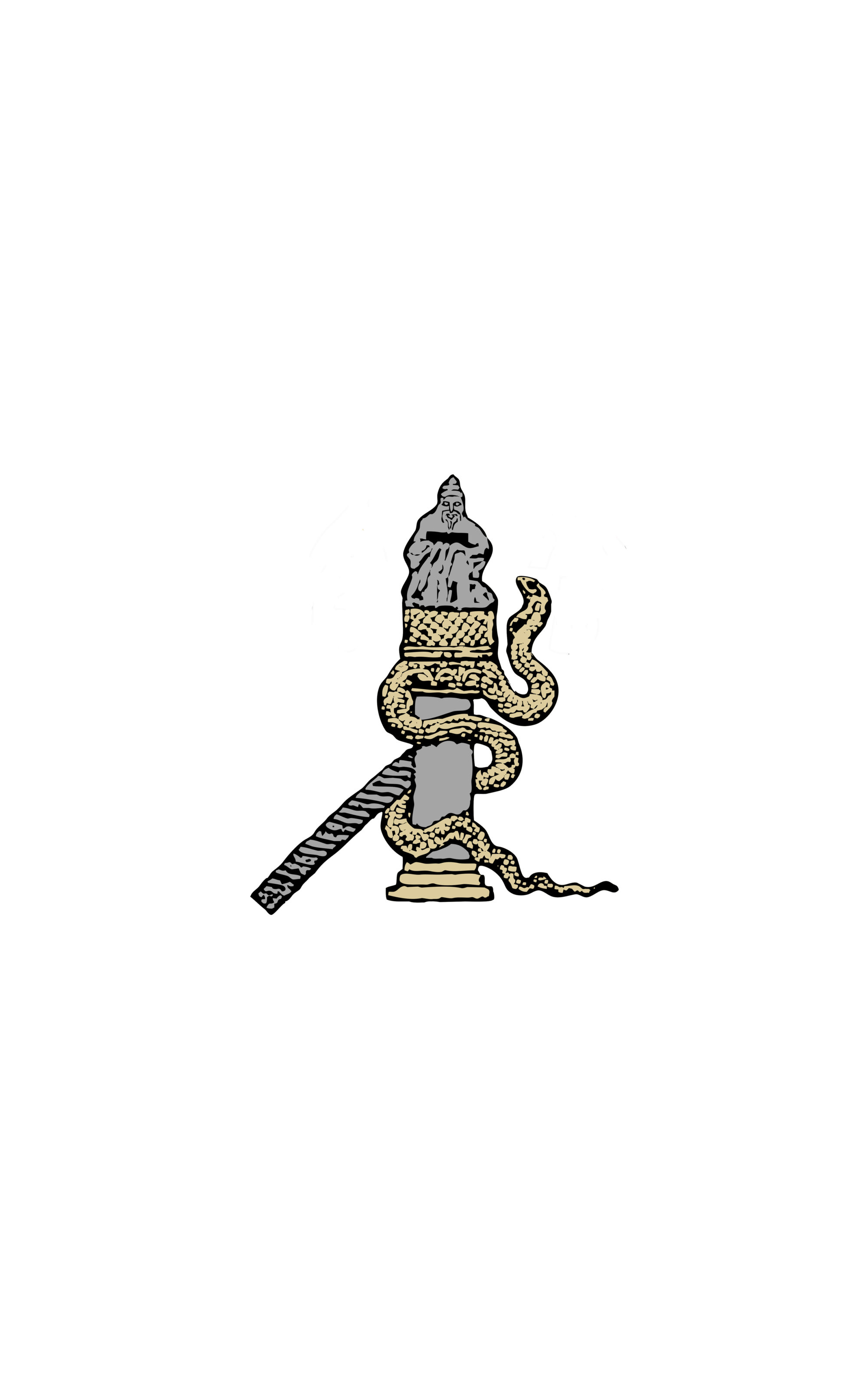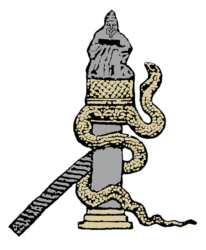Heads on stakes and rebels on donkeys : the use of public parades for the punishment of usurpers in Byzantium(9th to 12th century).
Dominik Heher, Université de Vienne
Parades and processions, both secular and religious, were a common feature of Constantinople’s public life. Needless to say, they also served for imperial propaganda, especially as vital parts of victory celebrations. Whereas in antique Roman triumphal processions the focus traditionally lay on the glorification of the victorious general or emperor, in Byzantium the emphasis seems to have shifted to the humiliation of the defeated enemy. This is especially true for celebrations of victories against usurpers and conspirators. The character of ritualized humiliation differed from case to case: the repertoire comprised mock parades, triumphal processions and the display of the usurpers’ heads on stakes, but we also find these elements in various combinations. Apparently, however, public humiliation used to follow certain unwritten rules, traditions and ethical standards. It was the extent of menace, the character of the revolt and the course of events that decided the fate of the rebels after their defeat. The communication is an extract from my doctoral thesis which focuses on performative aspects of usurpations in Byzantium in general. My field of research covers rituals of imitation at the beginning of a revolt, the attempts to gain legitimacy by imitation after a successful coup d’état and also the spatial and physical dimensions of punishing rebels who were less fortunate.

